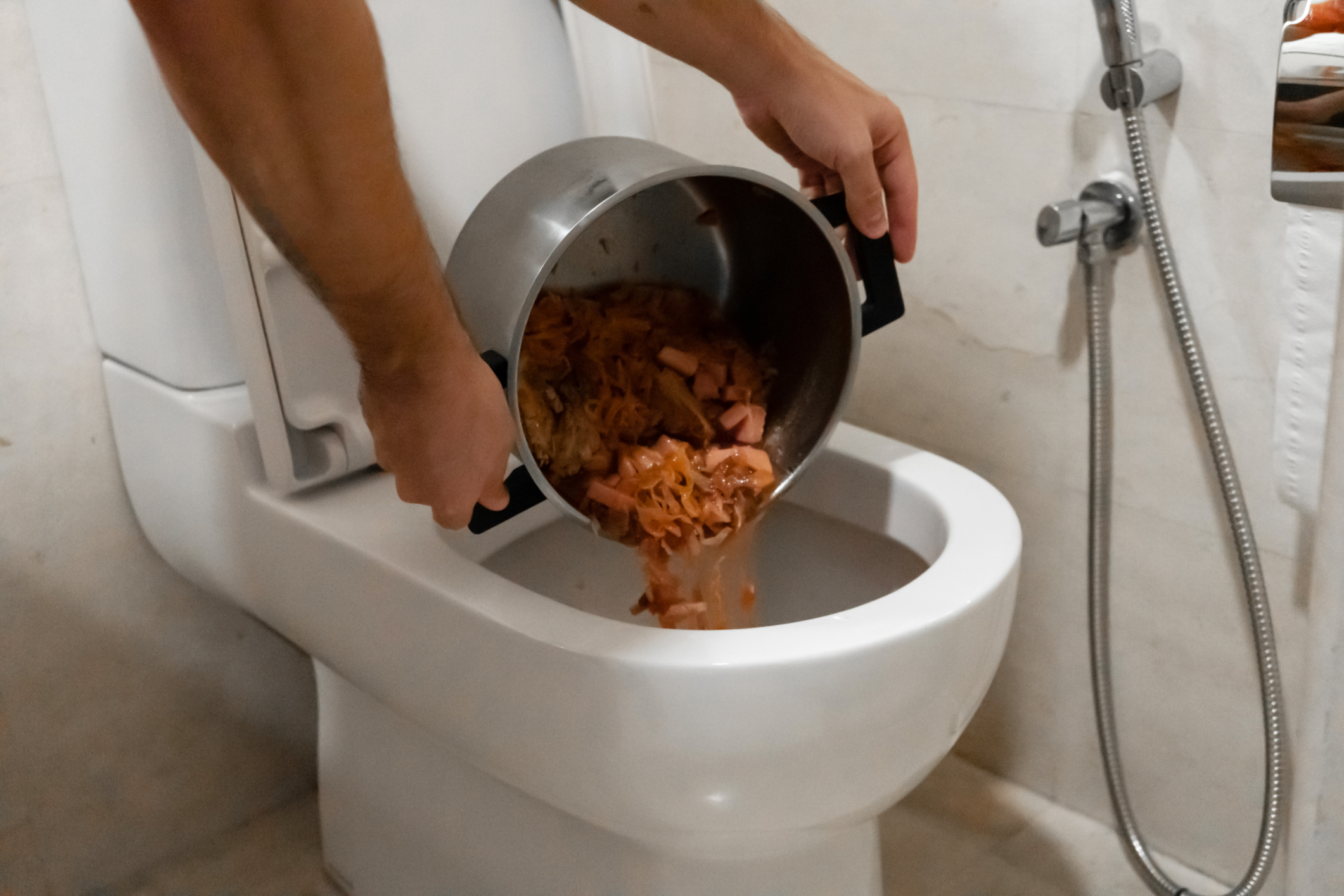Any individual maintains their unique conception with regards to Flushing Food Down the Toilet?.

Introduction
Many people are often confronted with the problem of what to do with food waste, particularly when it pertains to leftovers or scraps. One typical question that arises is whether it's okay to flush food down the commode. In this post, we'll explore the reasons why people may take into consideration purging food, the effects of doing so, and alternative techniques for appropriate disposal.
Reasons that individuals may think about purging food
Lack of awareness
Some individuals might not know the prospective damage caused by flushing food down the toilet. They might erroneously think that it's a harmless technique.
Benefit
Flushing food down the bathroom may look like a quick and very easy option to getting rid of undesirable scraps, especially when there's no nearby trash can readily available.
Idleness
In many cases, individuals may merely choose to flush food out of sheer negligence, without taking into consideration the consequences of their activities.
Consequences of flushing food down the commode
Environmental influence
Food waste that ends up in rivers can contribute to pollution and harm aquatic environments. Furthermore, the water used to flush food can stress water resources.
Plumbing issues
Flushing food can result in blocked pipes and drains pipes, causing pricey pipes repair services and aggravations.
Kinds of food that need to not be purged
Fibrous foods
Foods with coarse textures such as celery or corn husks can get entangled in pipes and create obstructions.
Starchy foods
Starchy foods like pasta and rice can absorb water and swell, causing blockages in pipes.
Oils and fats
Greasy foods like bacon or food preparation oils must never ever be purged down the commode as they can strengthen and create obstructions.
Correct disposal approaches for food waste
Utilizing a waste disposal unit
For homes equipped with waste disposal unit, food scraps can be ground up and purged via the plumbing system. Nonetheless, not all foods are suitable for disposal in this way.
Recycling
Specific food product packaging products can be reused, lowering waste and minimizing environmental impact.
Composting
Composting is an environment-friendly method to deal with food waste. Organic materials can be composted and used to improve soil for gardening.
The value of proper waste monitoring
Reducing ecological injury
Appropriate waste monitoring practices, such as composting and recycling, assistance decrease pollution and protect natural resources for future generations.
Protecting plumbing systems
By staying clear of the practice of flushing food down the bathroom, house owners can avoid pricey plumbing repair work and keep the integrity of their plumbing systems.
Conclusion
To conclude, while it might be tempting to purge food down the commode for convenience, it is very important to recognize the possible repercussions of this action. By embracing proper waste management practices and getting rid of food waste properly, individuals can add to much healthier plumbing systems and a cleaner setting for all.
FLUSH FOOD DOWN THE TOILET?
FLUSHING FOOD CAN CAUSE BLOCKED DRAINS IN YOUR HOME
All of the plumbing fixtures in your home are connected to the same sewer pipe outside of your home. This outdoor sewer pipe is responsible for transporting all the wastewater from your home to the Council sewer mains. Even small pieces of food that go down the kitchen sink can cause problems for your sewer. It should therefore be obvious that flushing larger bits of food, such as meat, risks a clog in either the toilet itself or the sewer pipes. Flushing greasy food is even more problematic because oil coagulates when it cools, coating the interior lining of your pipes.
THE TOILET IS NOT A BIN
Food isn’t the only thing that people shouldn’t be flushing down the toilet. People use the toilet to dispose of all kinds of things such as tampons, makeup wipes, dental floss, kitty litter and even underwear. Water goes to great lengths to educate residents about the high costs and stress placed on wastewater treatment systems simply from people flushing the wrong stuff down the toilet. It costs taxpayers millions of dollars each year, and homeowners thousands in blocked drain repairs.
FLUSHING FOOD IS A WASTE OF WATER
Flushing food is a waste of our most precious resource - water. In June this year Level 1 water restrictions were introduced to protect water supply from drought conditions. Much of New South Wales continues to be affected by prolonged drought with recent figures revealing up to 97 per cent of the state remains in drought. Depending on whether you have a single or dual flush toilet, every single flush uses between five and 11 litres of water. In the current climate this is a huge amount of water to be wasting on flushing food that should be placed in the bin (or better yet, the compost).
https://www.jabplumbingsolutions.com.au/blog/can-you-flush-food-down-the-toilet

As an enthusiastic person who reads about Think Twice Before Flushing Food Down Your Toilet, I figured sharing that piece of content was a smart idea. Sharing is caring. Helping people is fun. Thanks a lot for your time invested reading it.
Contact Us Today